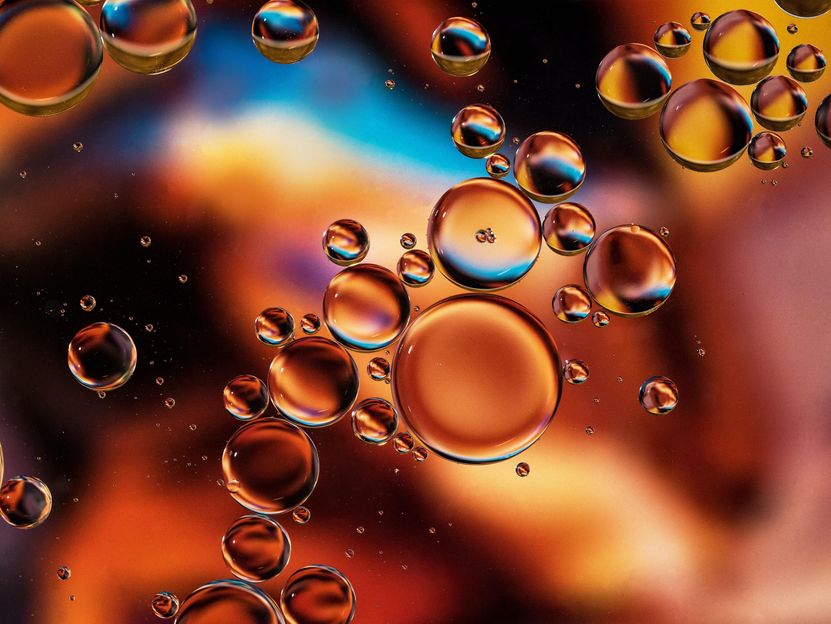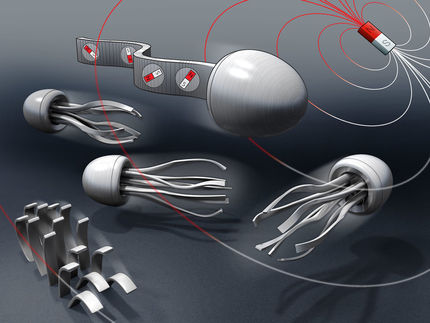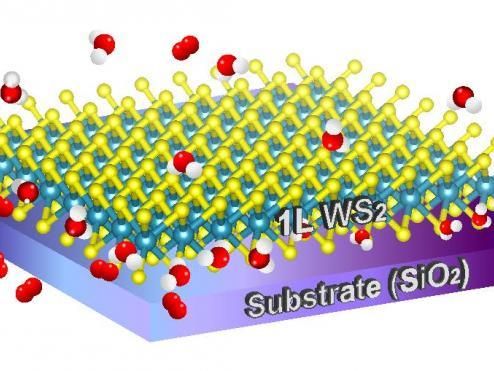Scientists create rechargeable swimming microrobots using oil and water
By combining oil drops with water containing a detergent-like substance, the scientists found they could produce artificial swimmers that are able to swim independently and even harvest energy to recharge.

Symbolic image
Unsplash
The oil droplets use fluctuating temperature changes in their surrounding environment to store energy and to swim. When cooled, the droplets release thin 'tail-like' threads into the environment. The friction generated between the tails and surrounding fluid, pushes the droplet causing them to move. On heating, the droplets then retract their tails returning to their original state, and harness the heat from their environment to recharge.
The researchers show that the droplets recharge multiple times and are able to swim for periods of up to 12 minutes at a time.
Dr Stoyan Smoukov, Reader in Chemical Engineering at Queen Mary University of London and author of the study, said: "In biology, research shows that to create even the simplest artificial cells we need over 470 genes. However, through this international collaboration, we show that just by using a few simple and inexpensive components we can create a new type of active matter that can change shape and move just like a living thing."
"We hope that this study will open up the opportunity for people to engage in cutting-edge science. As the only equipment needed is a simple optical microscope, people could create these microswimmers with the most basic laboratory set-ups, or even at home. With thousands of swimmers per drop of water, it's a world in a drop situation. And when it costs 7p per teaspoon, there's plenty for everyone."
Other types of artificial swimmers exist however their movements are either driven by chemical reactions, which create bubbles that propel the swimmers through fluids, or by physical forces such as magnetic or electric fields. Instead, this new class of swimmers, which are around the size of a red blood cell, are able to spontaneously assemble and move without using external forces.
As the swimmers are not harmful to other living things, the scientists hope they could be used to study the basic interactions between living organisms such as bacteria and algae.
"In nature we often see large numbers of organisms such as bacteria, grouping together but our understanding of how these organisms interact with each other is incomplete. By mixing our simple artificial swimmers with groups of living organisms we could develop a clearer picture of how biological microswimmers communicate with each other. For example, do they only communicate due to the physical act of 'bumping' into each other, or are there other chemicals or signals released into the environment essential for their interaction."
Original publication
Other news from the department science

Get the chemical industry in your inbox
By submitting this form you agree that LUMITOS AG will send you the newsletter(s) selected above by email. Your data will not be passed on to third parties. Your data will be stored and processed in accordance with our data protection regulations. LUMITOS may contact you by email for the purpose of advertising or market and opinion surveys. You can revoke your consent at any time without giving reasons to LUMITOS AG, Ernst-Augustin-Str. 2, 12489 Berlin, Germany or by e-mail at revoke@lumitos.com with effect for the future. In addition, each email contains a link to unsubscribe from the corresponding newsletter.





























































